Post-secondary Pathways
Students
On this page, jump to...

Apprenticeship
What is an apprenticeship?
- The apprenticeship pathway involves a combination of on-the-job training and classroom instruction. Typically:
– 80-90 percent of learning takes place in the workplace.
– 10-20 percent of learning involves classroom instruction at an approved training delivery agent . - Apprentices learn skills (competencies) and (in construction trades) earn hours to become qualified journeypersons.
- The length of an apprenticeship varies depending on the trade.
Benefits
- Skilled tradespeople earn higher than average incomes.
- Many skilled tradespeople own their own businesses.
- Apprentices learn ransferable skills and knowledge.
- Apprentices often become certified without incurring student debt.
- The pathway leads to ewarding careers with many opportunities for growth and change.
Who can participate?
- Students who are at least 15 years of age, can work in Canada and have a social insurance number.
- Students who meet the educational requirements for the specific trade.
- Apprentices must have an Ontario employer sponsor who meets the criteria.
For additional information
- Skilled Trades Ontario website
- Skilled trades page on the Ontario government’s website
- Ontario labour market page on the Ontario government’s website
- Ontario Youth Apprenticeship Program website
- Financial incentives for apprentices (Provincial) and Federal)
- Contact your school’s Guidance Department or visit the Programs page for more information.
College
What is the college pathway?
- College education provides a blend of classroom learning and practical skills training.
- Ontario public colleges offer programs ranging from one-year diplomas to 4-year degrees.
- Collaborative programs are offered jointly between a college and a partner university, in some areas of study such as business, health care, information technology, and science.
- College instructors are often industry professionals and create real-world connections in the classroom.
Benefits
- Find success in hands-on learning connected to various programs.
- Explore a wide range of career options.
- Build confidence and connections with industry and professional partners.
For additional information
- Ontario Colleges website
- OSAP: Ontario Student Assistance Program page on the Ontario government’s website
- ontransfer.ca
- Ontario Universities’ Application Centre website.
- Talk to your school’s guidance counsellor or meet with College representatives when they visit your school or at a regional College Fair for more information.
Community
What is the community pathway?
- Special Education staff, parents/guardians, and community support agencies work collaboratively to plan and prepare students for life in the community upon exiting secondary school.
- Community pathways options include, but are not limited to volunteer work, paid employment, and participation in recreational programs.
- Some students may be able to access specialized programs offered at Ontario Community Colleges, such as Community Integration through Co-operative Education (CICE).
- Students may remain in secondary school until June of the year that they turn 21 years of age.
Who can participate in the community pathway?
- Students with Special Education needs who are primarily accessing non-credit courses leading to a Certificate of Accomplishment.
- Students with Special Education needs who are working towards an Ontario Secondary School Certificate (OSSC).
For additional information
University
What is the university pathway?
- University programs typically involve academic learning focused on achievement of undergraduate degrees, graduate degrees, co-op programs, and professional programs, ranging from three to 10 years of study.
- University programs may support students to improve higher order thinking skills or train for specific career areas.
Benefits
- Develop valuable learning and communication skills.
- Foster personal and intellectual growth.
- Access specific career opportunities that require university education.
For additional information
- Ontario Universities’ Info website
- Ontario Universities’ Application Centre website
- Student loans, grants, scholarships, and bursaries page on the Ontario government’s website
- Talk to your school’s guidance counsellor or meet with University representatives when they visit your school or at a regional University Fair for more information.
Workplace
What is the workplace pathway?
- The workplace pathway involves obtaining employment directly out of high school
- Many careers require an Ontario Secondary School Diploma (OSSD), followed by specific on-the-job training.
- Some employers provide opportunities for paid educational training and advancement.
- Workers should gather information on the labour market and future opportunities for growth.
Benefits
- Gain work experience and transferable skills in a particular sector.
- Make connections with industry partners and employers.
- Explore employment opportunities that align with personal goals, skills, and interests.
For additional information
- Career Services:
– Haliburton – Haliburton County’s Community Resource for Employers and Workers
– Kawartha Lakes – Victoria County Career Services
– Muskoka – Employment North, YMCA Simcoe/Muskoka, Agilec Employment Services - Workforce Development Board
– Haliburton and Kawartha Lakes – Northumberland, Peterborough, Kawartha Lakes and Haliburton
– Muskoka – Muskoka Workforce Development Strategy - Talk to your school’s guidance counsellor and meet with co-operative education teachers for more information.
